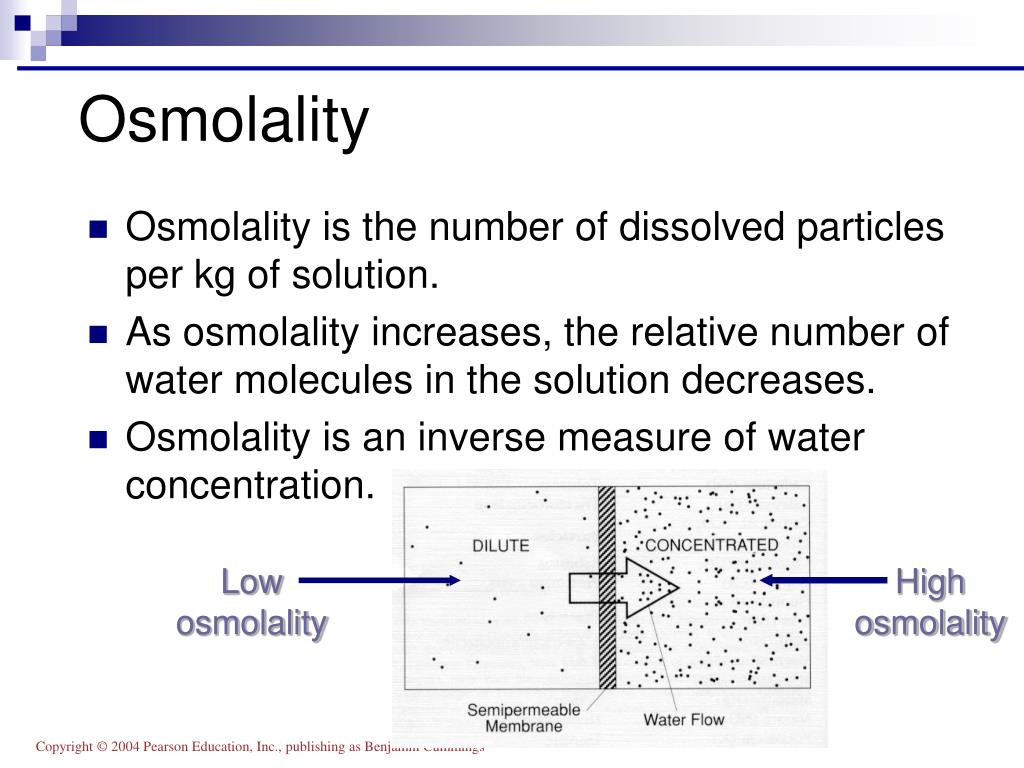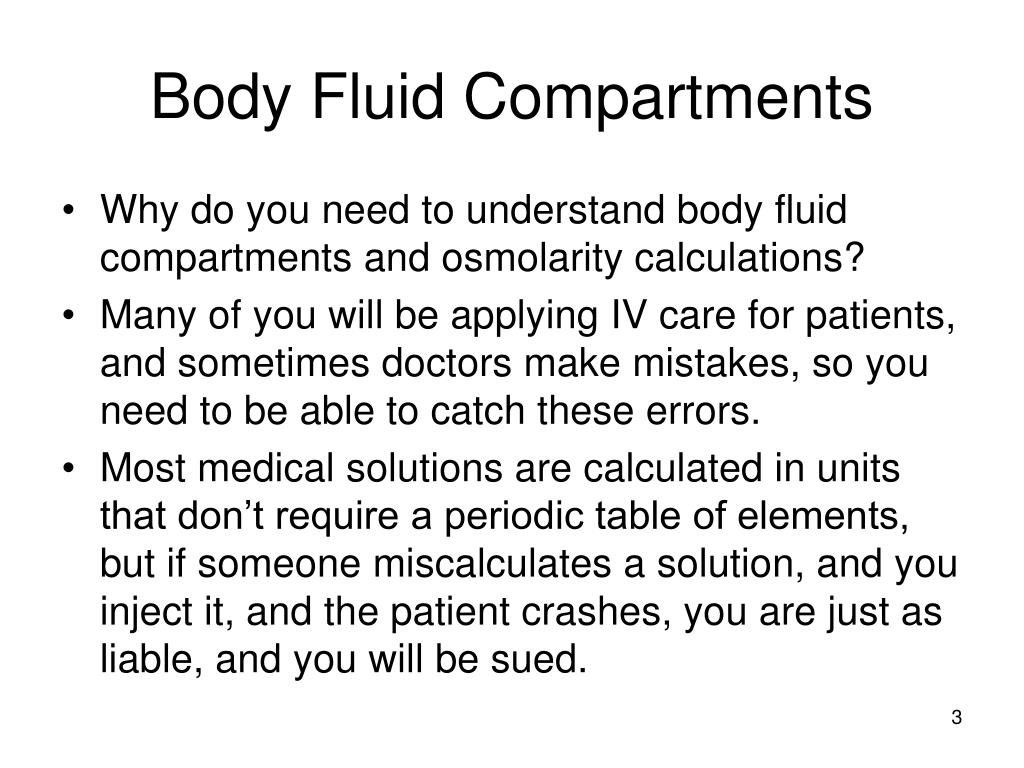

Now imagine you attach you pressure guage to the bottom of the partition and slide the partion up gently moving it up at the same steps as you previously measured on the partition. And you will mark your reading in two columns, height from datum and corresponding pressure. If you move your pressure gauge up along the wall it would read less and less pressure because there are fewer sheets weight ing down on it. You can repeat this as much ad you like but the final outcome would be the same, thin layers of water one by one adding their weight. If you add a new thin sheet of water to the container same thing happens and the third thin sheet of water will place itself perfectly evenly on top of the second sheet on the two compartments. Because water can not keep sheer and levels itself. Again if you measure the pressure on the bottom of the partition wall, it would increase a tiny bit but equall on the wall or any other place. Now if we poured just a small amount of water in the right hand compartment it woul spread out trying to seek a horizontal level forming the second thin sheet, and putting just a bit of additional pressure over the first level.

If you'd measure the pressure anywhere especially on the partition wall, it would be a very small but equal amount all around. It would run through the hole and create a thin sheet of water in both sides of the container. Now pour a tiny amount of water in the righ hand compartment. If you had a very accurate tool to measure the pressure everywhere including next to the walls. Imagine a big container, partitioned in two compartments by a vertical wall held in two vertical grooves, that has a hole on the bottom allowing a connection between the two compartments.


 0 kommentar(er)
0 kommentar(er)
